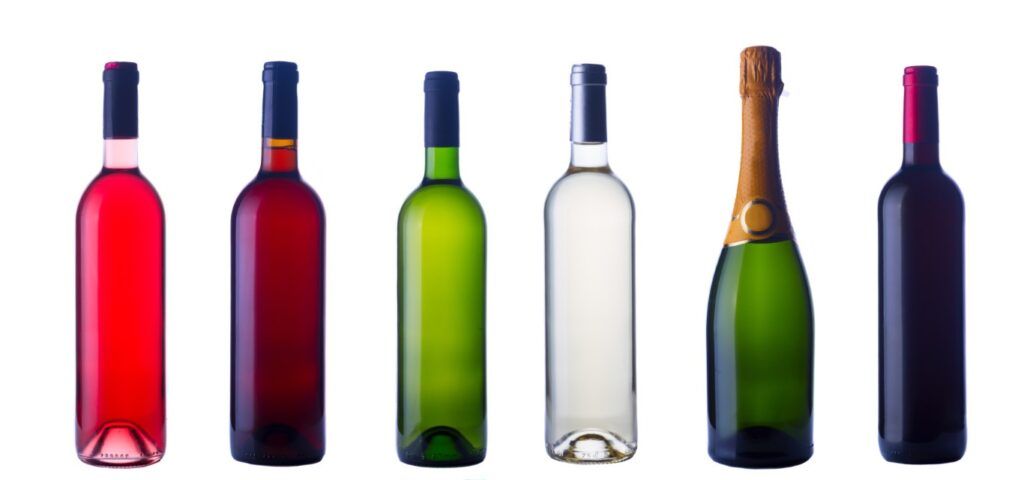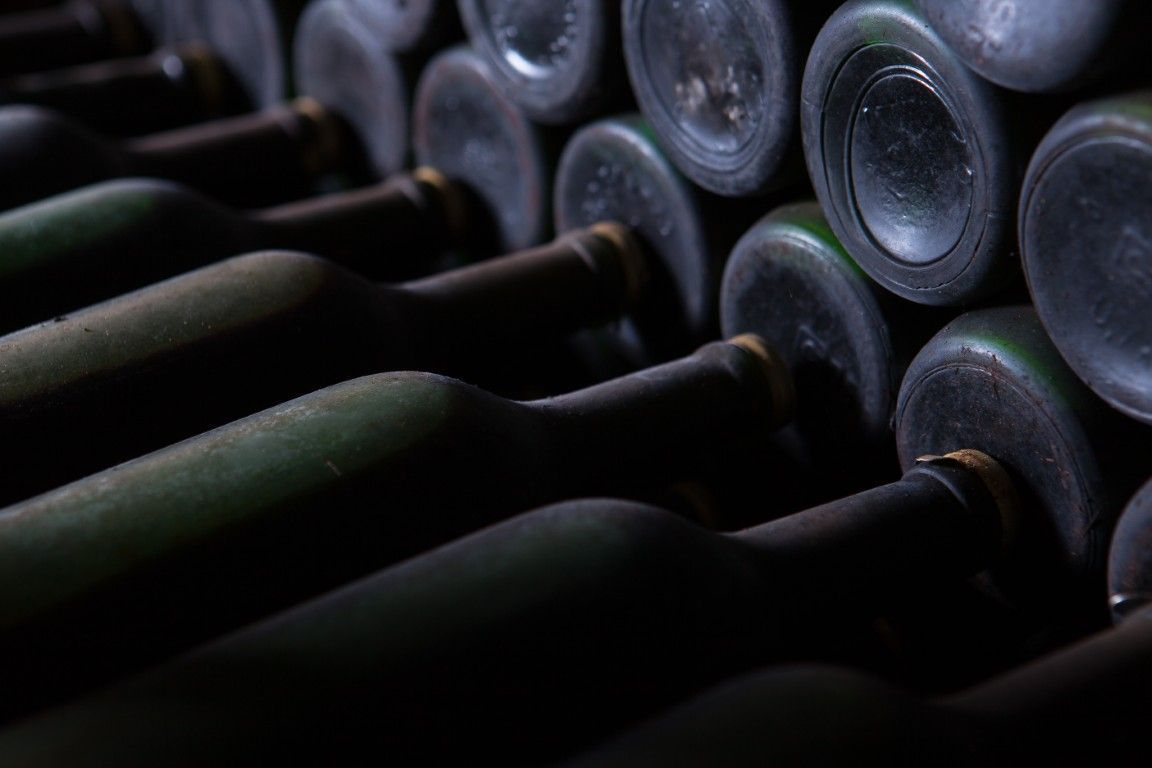Throughout the more than thirty years of existence of the synthetic cork specifically for wine bottles, it has gradually gained more market share as an alternative to natural cork. Although its introduction was slow, perhaps due to producers’ hesitation, considering the wine sector is often seen as very conservative, it is not as rigid as it seems.
You only need to look at some consumption data. One of the most relevant is that a large portion of the wine produced is consumed within the same year it is bottled, and these are precisely the wines that benefit most from synthetic corks. Indeed, choosing the perfect cork for a wine bottle is not easy.
On the other hand, there are other less traditional containers, like Tetra Brik, which represent a significant percentage of sales, despite not being the most valued. This demonstrates that the sector is broader than it seems, and that alternatives to cork have plenty of room to maneuver.
Evolution of corks in the wine industry
Although the history of wine is ancient, that of bottled wine with cork is more modern. It all began when glass bottles started being used as containers in the 18th century. The next step was to find a way to seal them so that the wine could be preserved inside for a long time without spoiling.
The solution was found in Spain and Portugal, countries that host the majority of the world’s cork oak trees.
Cork stopper

Extracted from the bark of the cork oak tree, cork has been the traditional material for sealing wine bottles for centuries. This natural material offers unique properties to preserve and enhance the nuances of wine stored for several years.
However, over time, some drawbacks have emerged with its use, such as TCA contamination that causes the “cork taint” in wines and a percentage of bottles that turn out “bad” in each batch.
Synthetic elastomer cork
Advances in materials during the late 20th century and their continuous improvement throughout the 21st century have led to the development of synthetic alternatives to cork, such as elastomer polymer corks.
These corks mimic the qualities of natural cork while offering greater consistency in size, flavor neutrality, and reliable sealing.
Corks made from elastomers have gained traction in the wine industry thanks to their properties and significantly lower cost compared to cork. Another factor that has attracted many producers is the fact that they eliminate the issue of TCA contamination mentioned earlier.
Benefits of synthetic cork for wine preservation

New models of synthetic wine bottle corks have reached a high level of technical perfection and offer many benefits for preserving bottled wine:
- Being manufactured in molds, their proportions are highly precise and provide a good seal.
- They are made from neutral materials that do not interact with the wine, meaning they do not alter its flavor or aroma.
- They offer great durability, with some models lasting up to 48 months without degrading.
- They are completely impermeable and ensure a hermetic seal.
- They have a high level of hygiene and cleanliness, as they do not attract mold or contaminants.
- They are sustainable, made from recyclable materials, and some are even biodegradable.
- The corks can be customized with brands and personalized designs.
- They offer high quality at a reduced price.
These advantages make them ideal for preserving and storing all types of wine, especially young wines, from reds and rosés to sparkling and white wines. Their use ensures that the wine retains its flavor and qualities for a long period.
Sustainability and synthetic cork
Synthetic corks are fully reusable. They are made from next-generation plastics and, as such, are 100% recyclable.
Additionally, there are also more environmentally friendly models that use bioplastics, made from plant-based polymers.
To preserve bottles sealed with synthetic cork, it is recommended to follow some simple guidelines:
- Unlike bottles with cork stoppers, which are stored horizontally to keep them moist, those with synthetic corks are best stored upright.
- Store them in a cool, dark place with no vibrations. The cellar is the ideal spot.
- Regularly check the fill level and the integrity of the cork.
- Do not store for more than three years.
Frequently asked questions about synthetic cork
Are synthetic corks better than natural corks?
It depends. For young and sparkling wines, synthetic corks provide consistency and neutrality. However, many wine purists still prefer the tradition of natural cork for reserve wines.
Can synthetic corks be reused?
It is not recommended, as they lose their sealing properties. Ideally, new corks should be used for each bottle.
Are synthetic corks suitable for bottling vinegar or oil?
Yes, they are perfect for preserving vinegar, oil, and other products.
At Excellent Cork, we are manufacturers of synthetic corks for all types of wine bottles. Don’t hesitate to consult us if you have a winery and want to use our corks.





